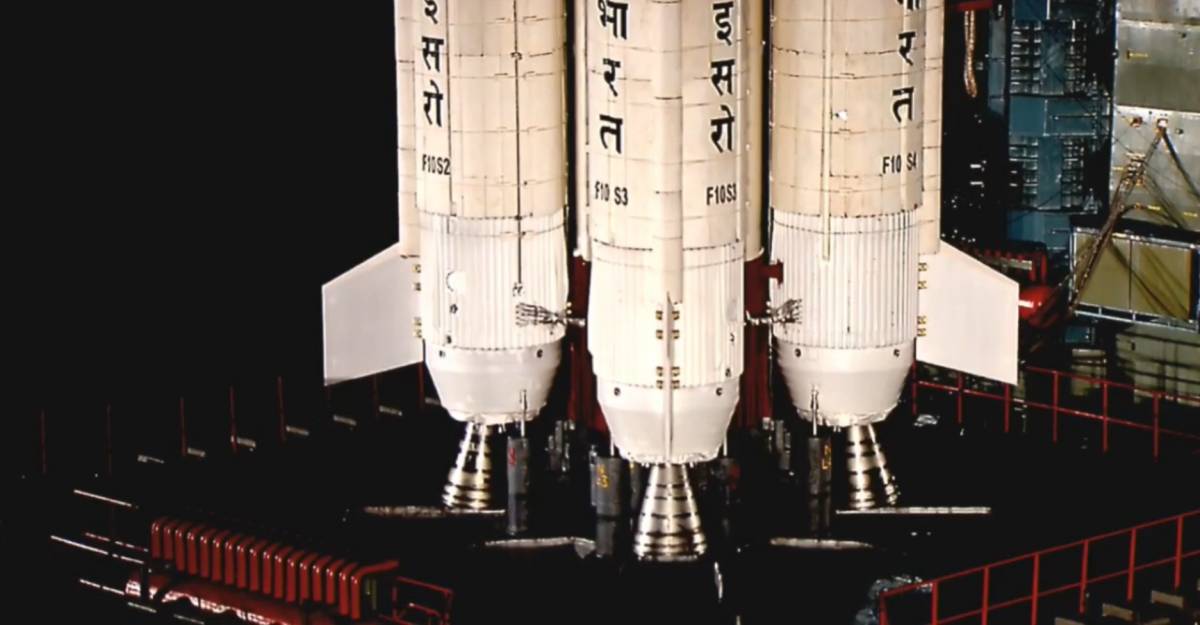ISRO said all the satellites are healthy and performing satisfactorily…reports Asian Lite News
Indian space agency said the country’s radar imaging satellite named earth observation satellite -04 (EOS-04) launched this February is functioning well and is healthy.
According to Indian Space Research Organisation (ISRO), the EOS-04 previously named as RISAT-1A’s first payload imaging was successfully completed on February 25, 2022.
The space agency said detailed in-orbit tests are underway. Radiometry, Geometric evaluation, Interferometric calibration, etc. are being carried out.
On February 14, 2022 morning India’s Polar Satellite Launch Vehicle C52 (PSLV-C52) successfully placed into orbit its radar imaging satellite and two other small satellites- INS-2TD and INSPIRESat-1.
ISRO said all the satellites are healthy and performing satisfactorily.
India’s radar imaging satellite EOS-04 is designed to provide high quality images under all weather conditions for applications such as agriculture, forestry & plantations, soil moisture & hydrology and flood mapping.
The EOS-04 with a mission life of 10 years is a repeat of RISAT-1 launched in 2012 and is configured to ensure continuity of synthetic aperture radar (SAR) in C-Band providing microwave data to the user community for operational services.
The satellite will play a strategic role in the nation’s defence with its capability to operate in day, night and in all weather conditions.
The satellite has high data handling systems and high storage devices among other things.A
The INSPIREsat-1 is a student satellite from Indian Institute of Space Science & Technology (IIST) in association with Laboratory of Atmospheric & Space Physics at University of Colorado, USA. The other contributors are NTU, Singapore and NCU, Taiwan.
The satellite carries two scientific payloads to improve the understanding of ionosphere dynamics and the sun’s coronal heating process.
The technology demonstrator satellite (INS-2TD) from ISRO, which is a precursor to India-Bhutan Joint Satellite (INS-2B) carries a thermal imaging camera to assess land/water surface temperature of wetlands/lakes, delineation of vegetation (crops/forests) and day/night thermal inertia.

